A new Statistics Norway report looks at trends in Norwegian outdoor life over the last 50 years. There are some interesting findings when it comes to immigrants.
Norway, with its breathtaking fjords, vast forests, and pristine landscapes, has long been synonymous with outdoor activities. From hiking to skiing, the Nordic country's passion for embracing nature is an integral part of its culture.
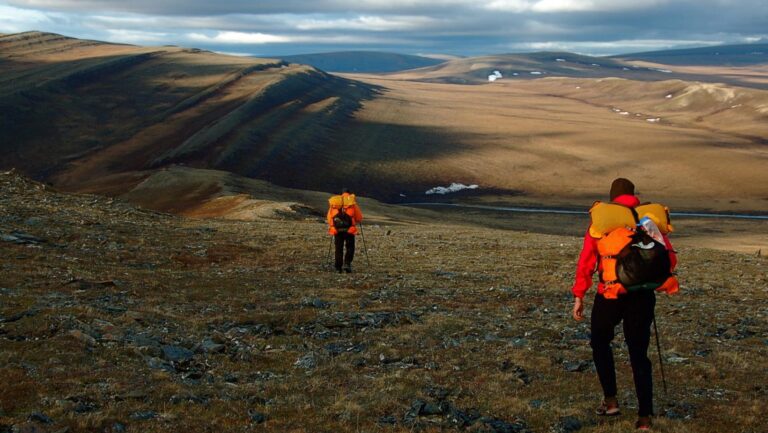
That love of the outdoors is known around the world, with friluftsliv seemingly becoming the latest Scandi buzzword.
A question often raised is how accessible Norway’s outdoor lifestyle is for newcomers to the country. A recent report from Statistics Norway gives us an insight into this question, and much more.
For over five decades, Statistics Norway has been recording the outdoor habits of its residents. The intention behind this comprehensive study is to identify long-term trends in outdoor activities, focusing on different population groups.
The full report, Friluftsliv i Norge, is available here in Norwegian. Before diving into the situation for immigrants, let’s take a look at the general findings.
Outdoor trends revealed
The general consensus seems to be mixed. On the one hand, the percentage of Norwegians trying out various tracked outdoor activities has either remained stable or witnessed a slight decrease.
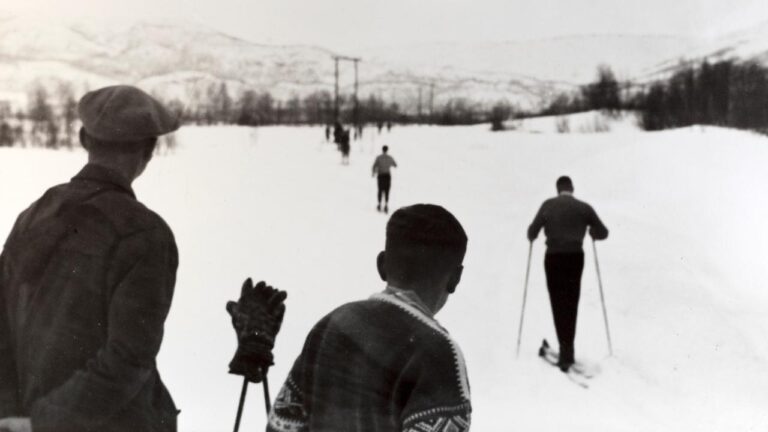
In total, the numbers are down. Back in 1974, 73% had indulged in activities like longer hikes or skiing in the past year. Fast forward to 2021, and this figure stood at 66%.
On the brighter side, while fewer people might be trying out activities, those who do are engaging more frequently.
A fascinating observation from the early 1970s showed that only one in ten individuals participated in an outdoor activity three times a week. This figure soared to two in ten by the early 2020s.
And, those entirely shunning outdoor pursuits? Their numbers have either stagnated or slightly dipped.
A deeper dive into the population
It's not just about the numbers. The report also shed light on the disparities across various population groups.
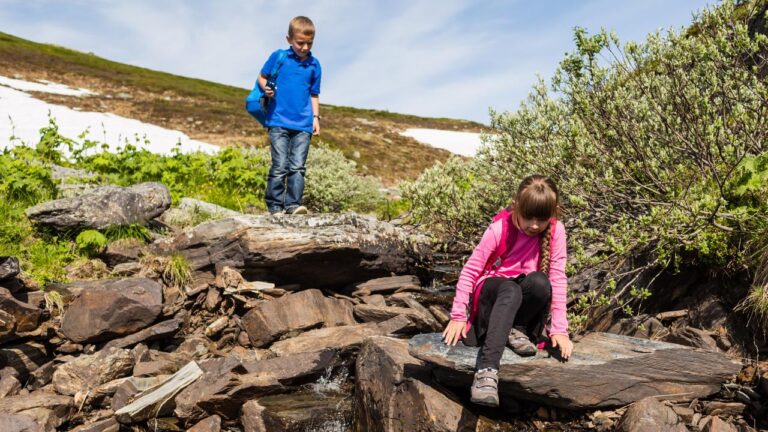
Factors such as age, socio-economic status, country background, and physical health played a decisive role in outdoor participation.
A clear trend was the higher engagement among younger individuals and those with a better socio-economic background. The report suggests that these groups, probably equipped with more time, superior finances, and possibly a family legacy of outdoor love, find it easier to step outside.
On the flip side, groups like single parents or those with a lower socio-economic background seem less inclined.
Income and education major factors
All in all, the results show that for most activities, participation increases significantly with increasing income. This is especially true for long ski trips and hikes. At the same time, there are a few activities where this difference is less pronounced, such as berry and mushroom picking
There's an interesting trend among the elderly, though. While younger generations showcased the highest participation, the older demographic has made significant strides in upping their outdoor activity.
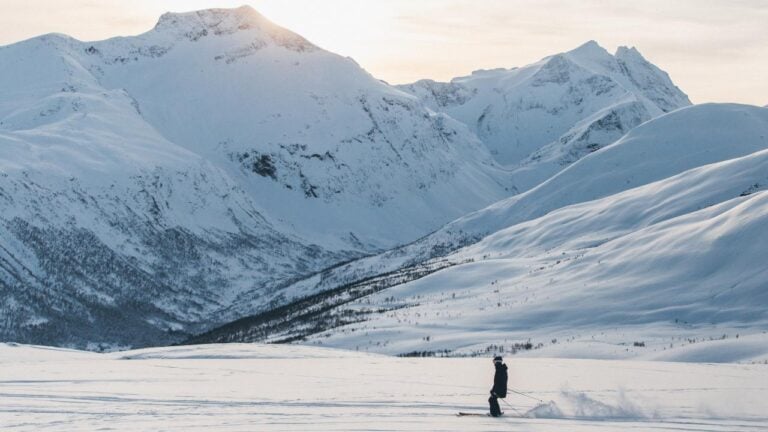
The proportion of people who stay outdoors overnight is clearly highest among those with the highest income, but behind this group, the picture is more complex.
This indicates that overnight stays in nature are not solely about finances; they are also about tastes and interests. It may also be a result of the population—regardless of income—being better off, and that today there are outdoor equipment for overnight stays available in various price ranges.
Education also seems to play a role in the numbers. Aside from fishing and hunting, activities that are popular across all education levels, those with higher education participate in most friluftsliv activities more.
The difference is especially notable in skiing, 55.9% of those with higher education participate in skiing trips compared to just 25.4% of those who just completed standard schooling.
Do immigrants participate in friluftsliv?
Previous measurements have shown that immigrants participate less in outdoor activities than the rest of the population.
In light of current discourses on whether outdoor life is genuinely inclusive and the historical role of outdoor activities in the development of a “Norwegian” identity, it is interesting to examine outdoor life in light of immigration status and country background.
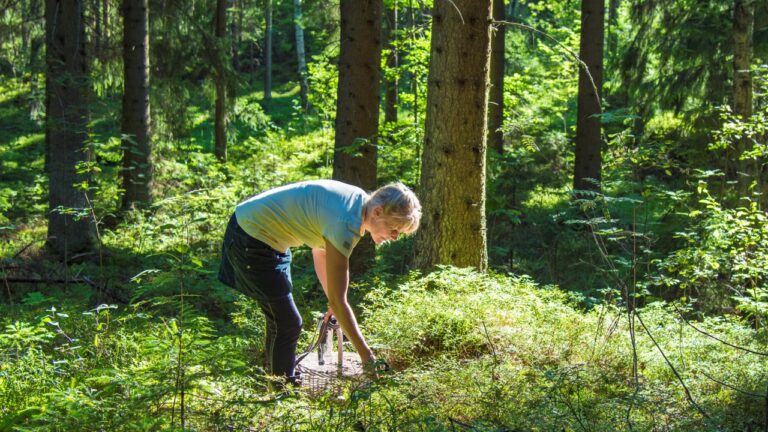
However, it's essential to be aware that those who participate in such surveys are most likely immigrants who have lived in Norway for several years, partly because it is challenging to participate if one has language barriers.
One can assume that there is an overrepresentation of immigrants with longer residency and most likely higher socio-economic status than the immigrant population they are drawn from.
This in turn suggests that the participation figures among the sample who responded might be higher than if all immigrants in the population could be interviewed. That being said, let’s look at the findings.
Immigrants participate less in general
There are differences in how active immigrants are in outdoor activities. Immigrants from outside EU/EEA (Africa, Asia, etc) scored the lowest on all activities throughout the period 2011-2021, and the differences from other immigrants and the rest of the population are sometimes very large.
Let’s look at long ski trips as an example. in 2021, 6% of immigrants from outside EU/EEA participated, compared to 18% from EU/EEA countries, and 21% in the rest of the population.
In 2021, immigrants from EU/EEA had participation levels than Norwegian citizens in six out of the 18 activities surveyed: short walks near home, alpine skiing, ice skating, horse riding, cycling, berry and mushroom picking.
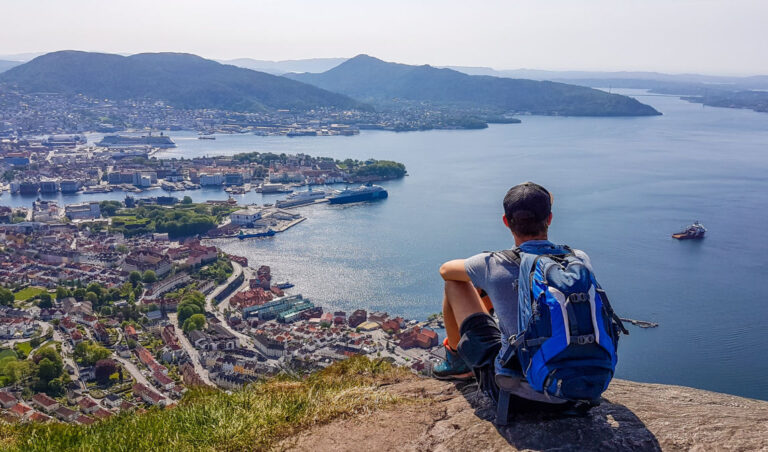
There are also notable differences between genders. Male immigrants are more likely to participate in outdoor activities than female immigrants, and this difference is more pronounced among those from non-EU/EEA countries.
Outdoor activities and health
The state has long held outdoor recreation as a cornerstone of its public health campaigns. The study reinforced this belief.
A definitive link was observed between outdoor activities and both perceived health and quality of life. This correlation was especially profound among the elderly, low-income groups, and those with reduced functional capabilities.
A complicated picture
Does the report herald the decline of Norway's love affair with the outdoors? Not quite. But it does raise questions about how easy it is for newcomers to Norway to access some of the outdoor activities that are such a cherished part of Norwegian culture.
Do you spend much time in Norwegian nature? What are your favourite activities? Let us know in the comments below.


I get outdoors as often as I can, in all seasons. My hobby is birding.